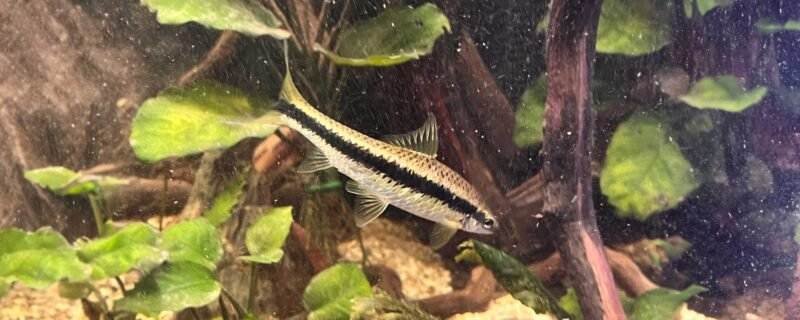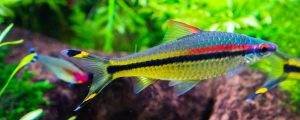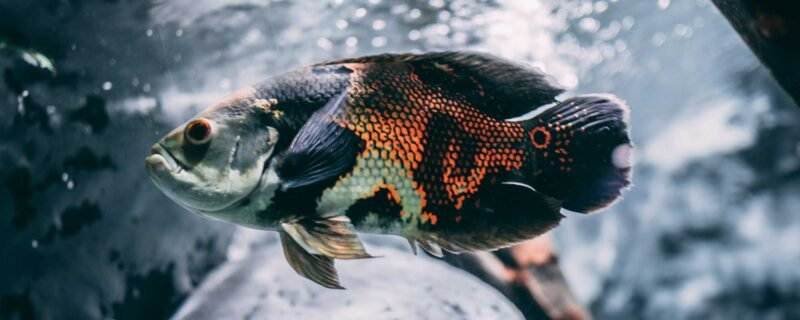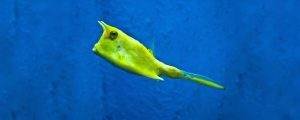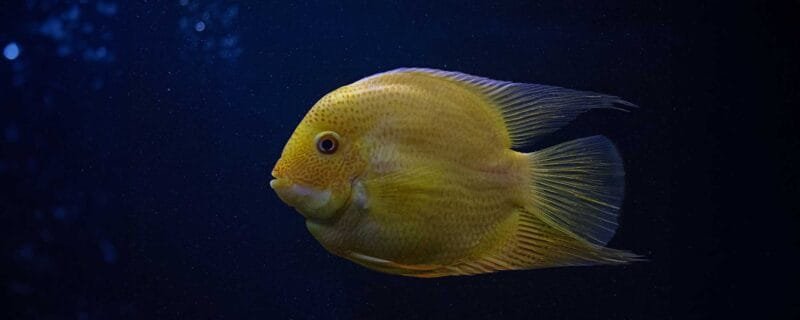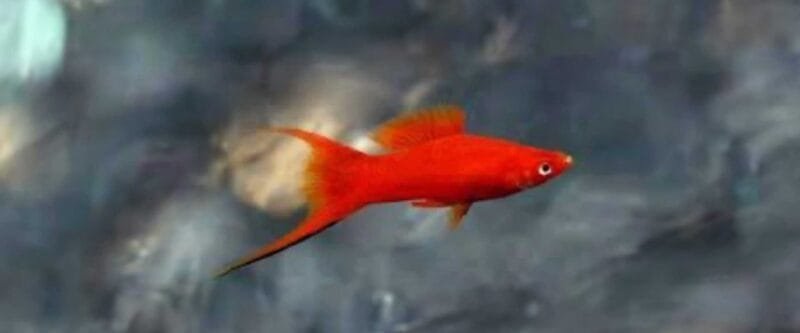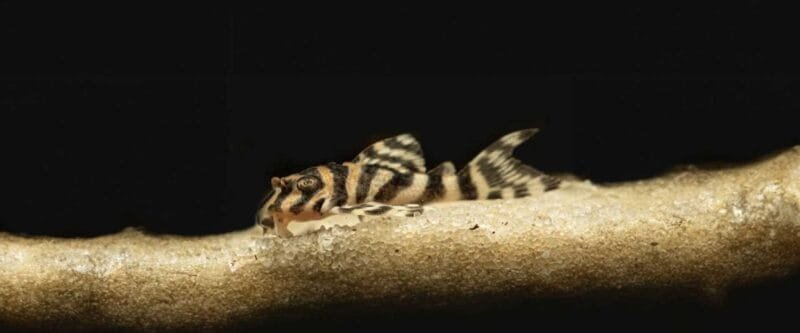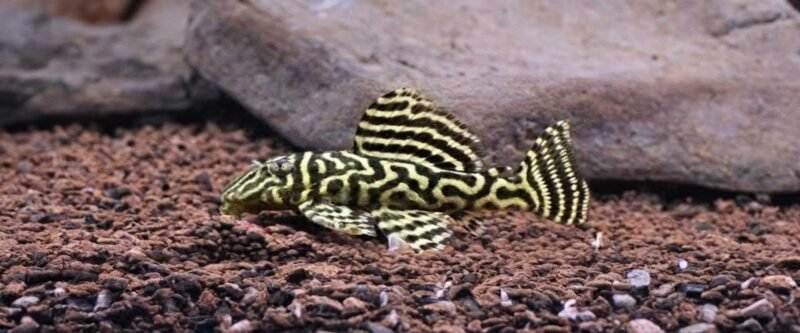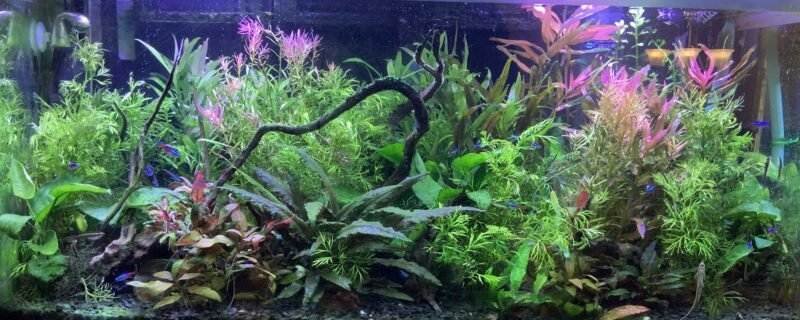Discovering the Energetic Giant Danio: A Thriving Presence in Your Aquarium
If you’re in search of lively and dynamic fish to infuse energy into your aquarium, look no further than the Giant Danio (Devario aequipinnatus). In this comprehensive guide, we’ll dive into the world of Giant Danios, covering their Latin (or common) name, size, natural habitat, species variations, diet, alternative names, feeding habits, ease of care, water conditions, sexing, breeding tips, and additional insights to ensure your aquatic companions thrive in their aquatic haven.
Latin (or Common) Name and Size
The Giant Danio, scientifically known as Devario aequipinnatus, is a striking fish species belonging to the Cyprinidae family. These active danios typically grow to a size of about 4 to 6 inches (10 to 15 cm), making them a prominent presence in any aquarium.
Natural Habitat
Giant Danios are native to the freshwater streams and rivers of South and Southeast Asia. They can be found in countries like India, Bangladesh, Myanmar, and Thailand. In their natural habitat, they inhabit fast-flowing waters with rocky substrates and dense aquatic vegetation.
Species Variations
While Devario aequipinnatus is the most recognized Giant Danio species, there are other related danio species within the Devario genus, each exhibiting unique colors and patterns. Some common variations include the Devario malabaricus, known as the Malabar Danio, and the Devario devario, often referred to as the Striped Danio.
Diet
Giant Danios are omnivorous with a versatile diet. In their natural habitat, they feed on small aquatic invertebrates, insects, and plant matter. In an aquarium, you can provide them with a balanced diet by offering high-quality flakes, pellets, and live or frozen foods such as brine shrimp, daphnia, and bloodworms. A varied diet ensures their health and vitality.
Alternative Names
While Giant Danio is the most common name, they are also known as the Giant-Danio, or simply Giant.
Feeding Habits
Yes, Giant Danios require regular feeding. Offer them small, frequent meals throughout the day, taking care not to overfeed. Monitor their feeding behavior to gauge their appetite and adjust portion sizes accordingly.
Ease of Care
Giant Danios are generally considered easy to care for, making them suitable for aquarists of all levels. They are peaceful but energetic fish that thrive in community aquariums. When selecting tankmates, choose other active species that can keep up with their lively nature.
Water Conditions
To ensure the well-being of your Giant Danios, maintain suitable water conditions. Here are key parameters to consider:
- Temperature: Keep the water temperature between 72-78°F (22-26°C).
- pH Level: Maintain a slightly alkaline to neutral pH, ideally around 6.5-7.5.
- Water Hardness: Aim for moderately hard water, with a general hardness (GH) of 10-15 dGH.
- Filtration: Employ efficient filtration and conduct regular water changes to maintain water quality and clarity.
Sexing, Breeding, and Additional Tips
- Sexing: Male and female Giant Danios can be challenging to distinguish visually. However, females may appear slightly rounder when viewed from above, especially when carrying eggs.
- Breeding: Breeding Giant Danios in captivity can be a bit challenging due to their specific requirements. To encourage breeding, create a separate breeding tank with ample plants or spawning mops for egg attachment. Increase the water temperature and provide a diet rich in protein, such as live or frozen foods. After spawning, remove the adults to prevent them from consuming the eggs. The fry can be fed specialized fry food or newly hatched brine shrimp.
Conclusion
In conclusion, Giant Danios (Devario aequipinnatus) are an energetic and captivating addition to any aquarium. With their active nature, ease of care, and peaceful temperament, they are a favored choice among fish enthusiasts. By establishing a suitable environment, offering a varied diet, and following some basic breeding guidelines, you can enjoy the energy and charm of Giant Danios in your aquatic paradise. Whether you call them Giant Danios or simply Giants, one thing is certain – they will bring vibrancy and enthusiasm to your underwater world.


